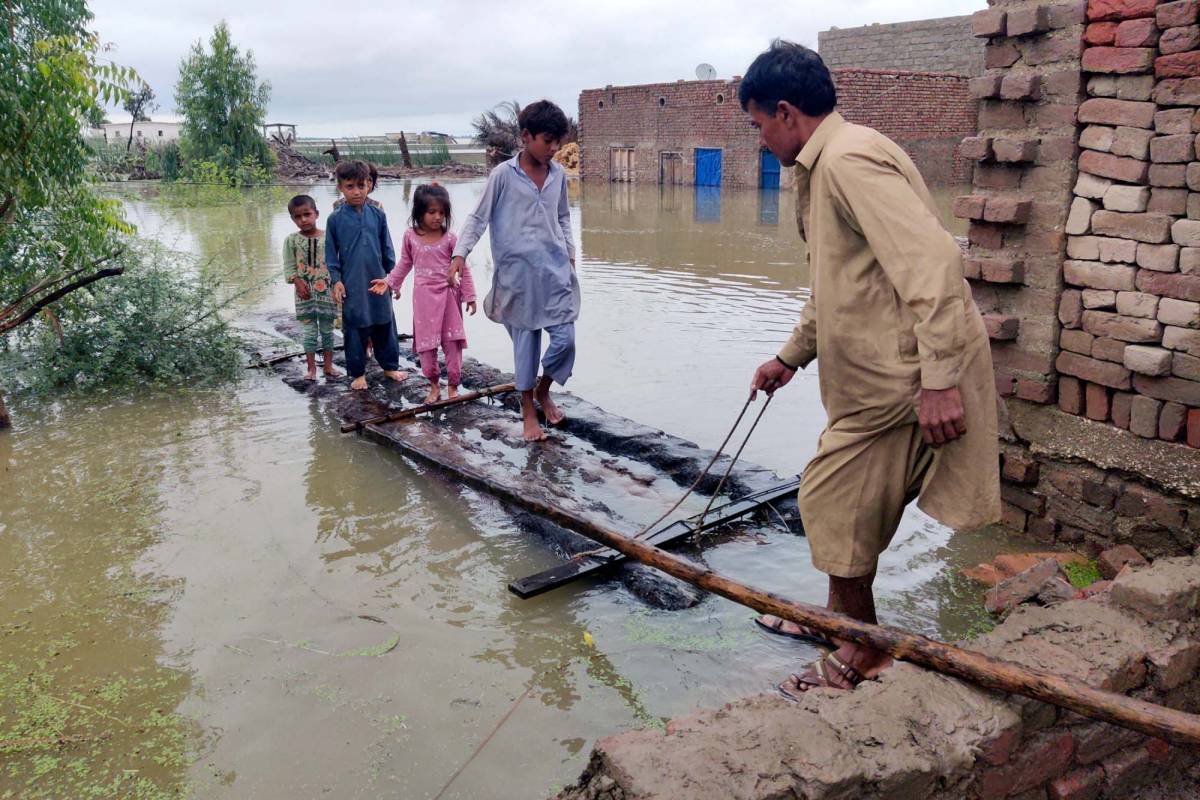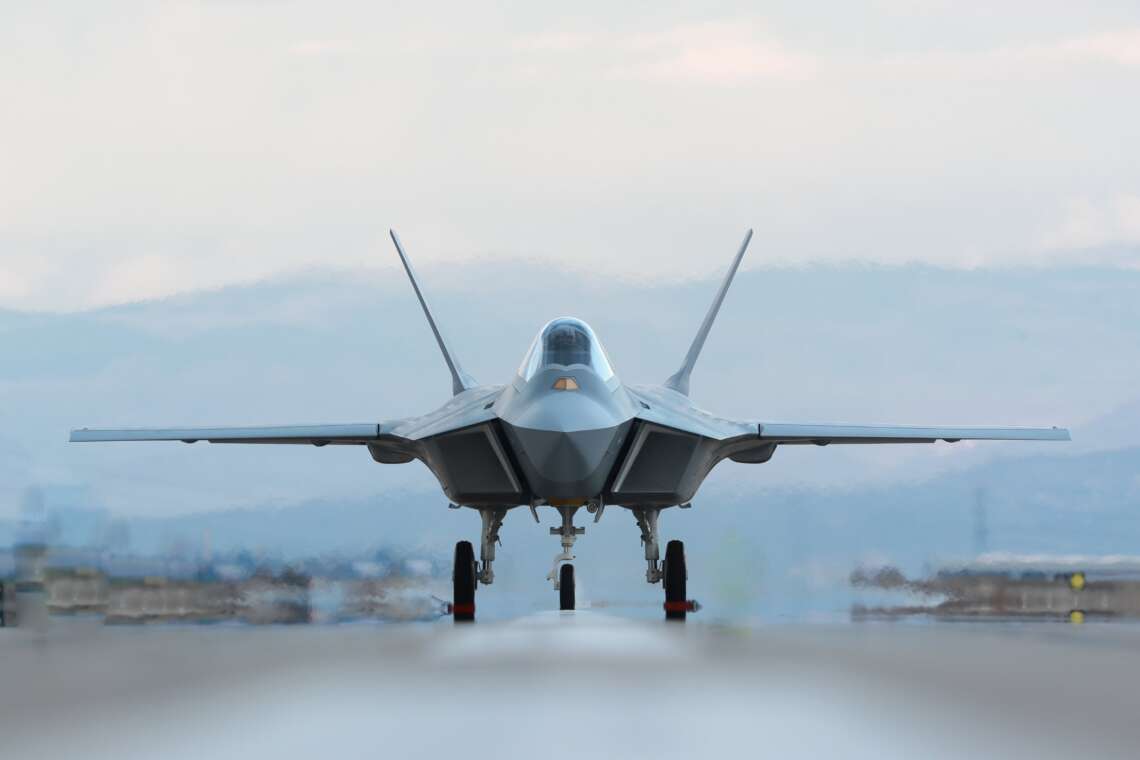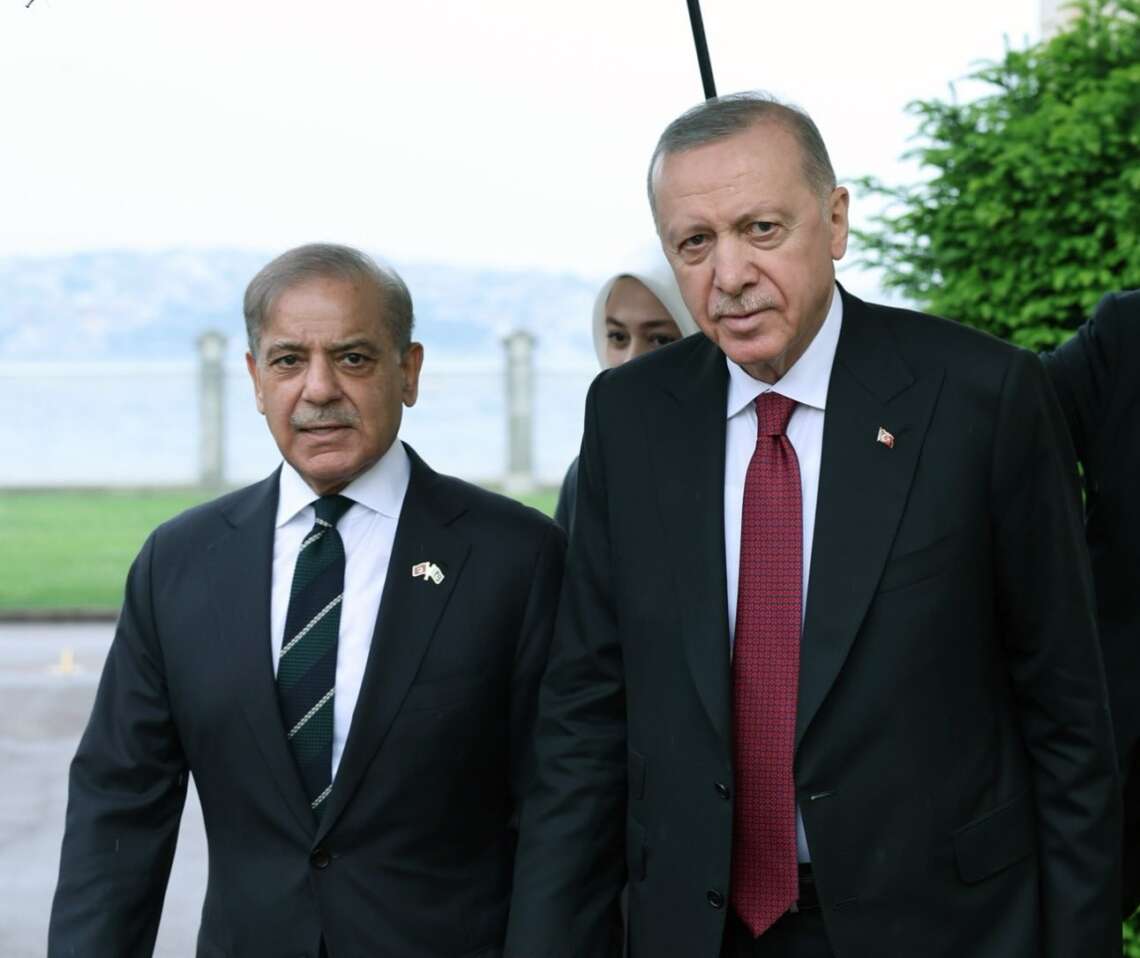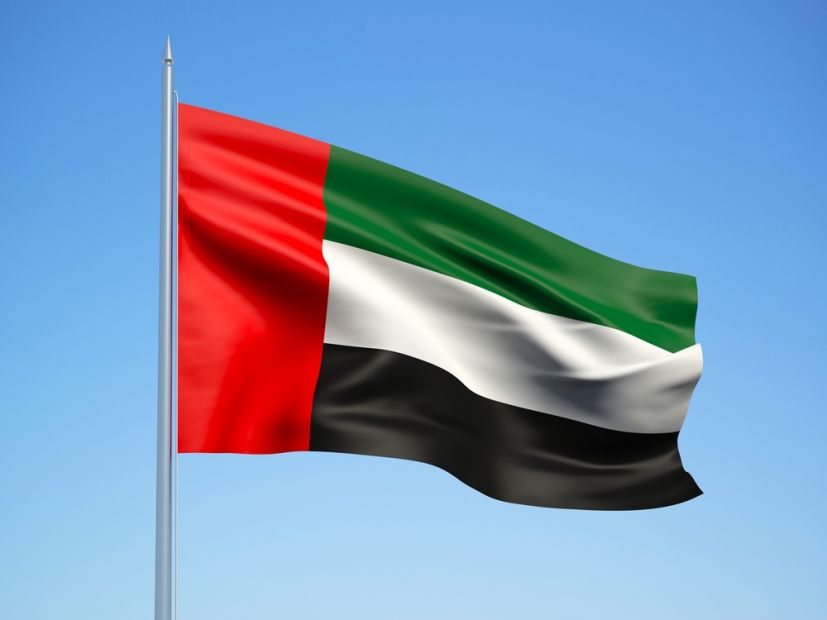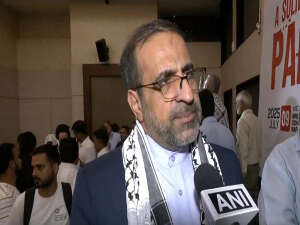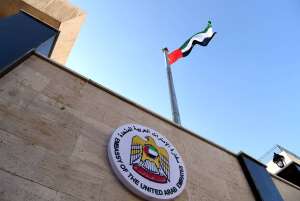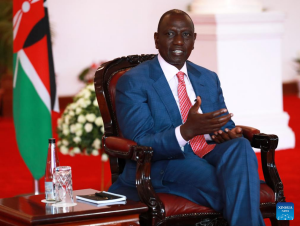Niaz Murtaza, a political economist, describes present crisis as “a triple whammy”, putting together economic, political and ‘natural….reports Asian Lite News
The worst floods in several decades have wrecked havoc in Pakistan, one of the most populous countries of South Asia. The floods have touched the countrys 220 million peoples lives directly or indirectly. More than 1,300 people have died with 81 out of 160 districts directly affected by the floods, leaving at least 33 million people homeless.
The heatwaves followed by rains and glacial melting has been a global trend this year bringing out the stark reality that despite all talks and conventions, the world community has failed to contain and reverse climatic change. But Pakistan’s case is unique.
Beyond the human losses, the country’s economic managers have the most challenging task ahead as floods ravaged the country’s road and communication network, damaged an incalculable number of houses, and destroyed millions of hectares of crops.
Niaz Murtaza, a political economist, describes present crisis as “a triple whammy”, putting together economic, political and ‘natural.
“The poor had been suffering the first two months because of inflation, job loss and political paralysis. Now the floods have pushed millions into ruin,” he said.
Despite this, the political masters are not only busy in bickering and allegations against each other, but have also triggered a blame game on social media as usual, pointing fingers on India for the flood havoc. The bombardment of propaganda, nevertheless, cannot change the reality that Pakistan government and its institutions have utterly failed in fulfilling their duties towards its citizens.
Ludicrous as it is, it cannot absolve the leadership of Pakistan that has failed people in terms of economic mismanagement, entrenched corruption and naked cronyism in the system. Added to these are the wrong policies and priorities of Islamabad which have been instrumental in bringing economic crisis and political instability. The floods have only abetted it.

The natural disaster has struck Pakistan while economy is passing through the difficult phase of multiple challenges including Balance of Payment (BoP) crisis, heavy debt burden and solvency-related issues. The protracted economic crisis is likely to deepen further despite conclusion of talks with the IMF for release of Extended Fund Facility credit.
While Finance Minister Miftah Ismail estimates that the country has incurred a total loss of “at least $10 billion”, independent analysts, including Uzar Younus, Director of the Pakistan Initiative at the Atlantic Council’s South Asia centre and economist Ammar Habib Khan, put the figure between $15-20 billion, and expect it to rise further as information is coming with a great lag.
Existing infrastructure is collapsing with the flooding submerging 1/3rd of the country, pushing 37 per cent of population into poverty. Pakistan is literally and figuratively under deep water, writes Nasir Jamal. It may take a few more months before the damages can be assessed. Even before the flooding, 60 per cent of the population was suffering from hunger, malnutrition and related diseases and the figures are bound to shoot up now.
In view of the mammoth loss, the IMF’s $1.2 billion credit now seems to be a peanut. Pakistan was earlier wounded and now it is bleeding. Floods will exacerbate the economic crisis that had shown initial signs of abating with the IMF deal. Twin deficits, growth prospects and inflationary expectations will be worsening, inflicting misery on the poor. Despite increasing gravity of the situation, saving people’s life and livelihood have not still become the priorities among the political class who are reveling in an ugly slugfest.
The real cost of the natural calamity is being borne by millions of poor kids, pregnant women, elderly and sick persons crowded under the open sky or tents, prone to hunger, diseases and insecurity as they wait for aid. It will be weeks before many can even return to their villages as the land drains and dries. It will take months, even years, to recover from the loss of housing, animals, crops and cultivable land. Covid-19 had only disrupted economic exchange without damaging the economic base. But the flood has destroyed crops, land, animals, bridges, etc. negatively impacting deeper on the poor and the economy. And the insensitive political class in Pakistan is still deeply engrossed in political maneuver and cunning tricks against each other rather than presenting a united face at the time of calamity. That is the character of Pakistan’s politics.
In view of the contribution of agriculture to the extent of one fourth of the GDP, the country would have to face major revenue loss due to crop losses. As per the UN Food and Agriculture Organization’s August 29 report, almost 80 per cent of crops in Sindh, which produces roughly 30% of Pakistan’s cotton output, were destroyed. Close to 70 per cwent of Pakistan’s textile industry, an important source of employment and foreign exchange, uses the cotton produced in the country. Floods are likely to cause severe shortage of cotton, said Abdul Rahim Nasir, Chairman of the All Pakistan Textile Mills Association. He added that instead of earlier average import of cotton estimated at about 4 million bales, Pakistan would now need to import just the double of that figure, at a potential cost of $3 billion.

Shahrukh Wani, an Oxford economist, says the flood will make it terribly difficult for the government to reduce the trade deficit because while the country will need to import food to “compensate” for lost crops, the textile sector will find itself struggling due to “potential shortage” of cotton crop.
The biting inflation which rose to 25% in the month of July from a year earlier, the highest since May 1975, is taking its own toll on the living conditions of masses. The flooding would further pushup the inflation and accentuate the scarcity of even essentials.
Amreen Soorani, Head of Research at JS Global Capital Ltd.,said that “the main concern from the floods is the impact on inflation”. Even the IMF warned that the runaway inflation could trigger protests and instability.
Islamabad secured funds from the IMF for immediate bailout of the economy from the saturating forex crisis. However, the problems would be far from over for Islamabad. As the advanced countries are focused more on the impact of Ukraine-Russia war and trying tocope with recessionary pressures while some of the development partners including Middle Eastern countries and China are down with donor fatigue, Islamabad has scant probability to get any major international relief.
For now, the immediate challenge that government will face is to fulfil the conditions of raising taxes and applying austerity measures as part of its agreement with the IMF for its bailout package. This might turn out a politically unpopular move and could flare up the political bickering. The condition is rife for mass protests in view of increasing cost of living for many months now, which opposition could take advantage of. Anger is rising across Pakistan over the slow pace of government relief efforts.

The catastrophic floods have put a downward pressure on growth prospectus. Initial estimates suggest that the economic growth rate may slow down to just 2 per cent. Prime Minister Shehbaz Sharif has said that the recent floods caused more damage than the 2010 calamity wherein the economic losses had been estimated at $9.7 billion. The floods have already caused supply chain-related issues.
Even during natural calamity, politicians are concerned about their political agenda rather than allowing international aid agencies to import essential food items from the neighbouring country. Cases after cases of corruption are cropping up, “you reveal mine, I will reveal yours”, an unending slugfest continues.
Instead of fighting the fallout of the devastating natural calamity united, they are engrossed in maneuver and cunning tricks and a regressive thought process whether or not to allow aid flow from India. Some of the government top officials have suggested importing essential commodities such as food and medicine from India, while others are still the victim of the old rigidities and anti-India mindset.
India is an undoable reality of being the most potent vehicle of South Asia’s growth vision as it is a responsible regional power and the fastest growing economy of the world, which offers a big market for exports and sourcing imports. Islamabad needs to understand that cooperation with neighbours does not reduce the stature of a calamity hit country.

